
Donald Trump’s visit on Thursday to the U.S.-Mexican border is sure to present another opportunity for the presidential candidate—whose trip comes on the heels of divisive statements about Mexican immigrants—to say something incendiary. But, though Trump has recently turned up the volume of his outrageous comments, notably his statements about John McCain’s war record, nothing that he could say should come as a surprise. After all, saying outrageous things is how he got famous in the first place.
And that makes sense. Trump rose to fame in the go-go 1980s, and he was the perfect symbol of that ego-driven era. His outlandish statements about himself were so central to his persona that when he made the cover of TIME, in January of 1989, by which point the real-estate developer had become a celebrity, the article opened with a series of Trump quotations:
“Who has done as much as I have? No one has done more in New York than me.”
“Those who dislike me don’t know me, and have never met me. My guess is that they dislike me out of jealousy.”
“I love to have enemies. I fight my enemies. I like beating my enemies to the ground.”
Just a few short paragraphs after those quotations, the writer, Otto Friedrich — describing his subject aboard a helicopter that had “TRUMP” emblazoned across its hull — details a conversation between Trump and reporter Jeanne McDowell, who asked the tycoon: “Have you ever thought about psychotherapy?” (Trump replied that he didn’t have time to think about his problems.)
It wasn’t always like that. Back in the late 1970s and early 1980s, the coverage of Trump news, at least in the pages of TIME, was strictly about real estate. He had gotten his start in his father’s relatively modest real-estate firm, before creating The Trump Organization, his own real-estate firm, in 1981, when he was 35. (Before that, he was well known locally as a Manhattan socialite, but he had yet to make a national splash.) Several TIME articles from the era refer briefly to him as among New York developers involved in various high-priced deals around town.
The first TIME article that dropped any hints about what was to come was published in July 1981, as part of a survey by J.D. Reed of the emergence of high-end, luxury developments around the country:
The ultimate Xanadu may well be the Trump Tower, now abuilding on Fifth Avenue in midtown Manhattan. The top 40 floors of the 68-story building will be given over to condos, some of which will come with private swimming pools. The triplex penthouse apartment will be priced at $24 million. ‘They’re in demand,’ says Developer Donald Trump. A slight understatement. The 263 apartments in Trump Tower will not be completed until January 1983, but there are already 17,000 applicants from all over the world.
By 1983, Trump was being referred to as a “tycoon,” always a sure sign that someone has made it. (The even surer sign, “magnate” would be applied to him more regularly in later years.)
The next year, Trump finally merited his own story in TIME. By then he owned $1 billion in New York real estate, including Trump Tower (where celebs like Johnny Carson and Sophia Loren owned condos). He was still thought of as a tycoon, and not yet as a “personality,” but that was starting to change. TIME noted that his wife Ivana, the first of his three spouses, was a former model; that he wanted to organize a football game bigger than the Super Bowl; that he could not remember ever having failed at something. In surveying Trump’s burgeoning empire, TIME’s John S. Demott wrote that he had attracted some critics—including the lawyer for the city planning commission, who observed that, “Whatever Donald does is absolutely designed to serve his self-interest.”
In 1985, Trump proposed a giant Manhattan project called “Television City” that would have included the world’s tallest building. The project was eventually curtailed, but not before it made news. When plans were submitted, Kurt Anderson — while not outright panning the project — wrote in TIME that Helmut Jahn’s design concept gave the project a “freakish size and glamour that plays well these days only in Las Vegas.” Anderson would go on the next year to co-found Spy magazine, which regularly made great sport of Trump, bestowing upon him the memorable epithet “short-fingered vulgarian.”
The Television City project, and all the others Trump was building or planning at the time, made for perfect vehicles for the developer to brag and promote himself, and to spell out his own name in buildings in gigantic lettering. And, what’s more, it worked: the more out-there he was, the more the media bit. He feuded with politicians like Mayor Ed Koch, and he even made a feint at a presidential run in 1987 while demanding that Japan and Saudi Arabia pay for American defense operations in the Persian Gulf. The following year he invited Mikhail Gorbachev over for dinner, conferring on himself what TIME called “the head-of-state status he has been seeking since he publicly implied in 1985 that his premier dealmaking skills were what the strategic arms reduction talks were missing.”
Trump as we know him had arrived.
He’s continued to evolve, through his rise as a reality-TV star and as he’s stomped his way into national politics. He’s taken to latching onto conspiracy theories and lashing out at others at least as often as he brags about himself. But, even after the culture had largely moved past making automatic heroes out of Gordon Gekko-like business figures, his ’80s-style cockiness never faded.
If anything, it intensified—even though by 1989, when that Trump cover story ran, enough time had lapsed for an assessment of whether his ego and his celebrity matched his real-world accomplishments. That year, Otto Friedrich concluded that they did not:
At 6 ft. 2 in., real estate tycoon Donald J. (for John) Trump does not really loom colossus-high above the horizon of New York and New Jersey. He has created no great work of art or ideas, and even as a maker or possessor of money he does not rank among the top ten, or even 50. Yet at 42 he has seized a large fistful of that contemporary coin known as celebrity. There has been artfully hyped talk about his having political ambitions, worrying about nuclear proliferation, even someday running for President. No matter how farfetched that may be, something about his combination of blue-eyed swagger and success has caught the public fancy and made him in many ways a symbol of an acquisitive and mercenary age.
It might be just as farfetched now for him to be running for president as it was then. The difference today, of course, is that he’s actually doing it.
See Donald Trump Hanging Out With Unlikely Celebrities
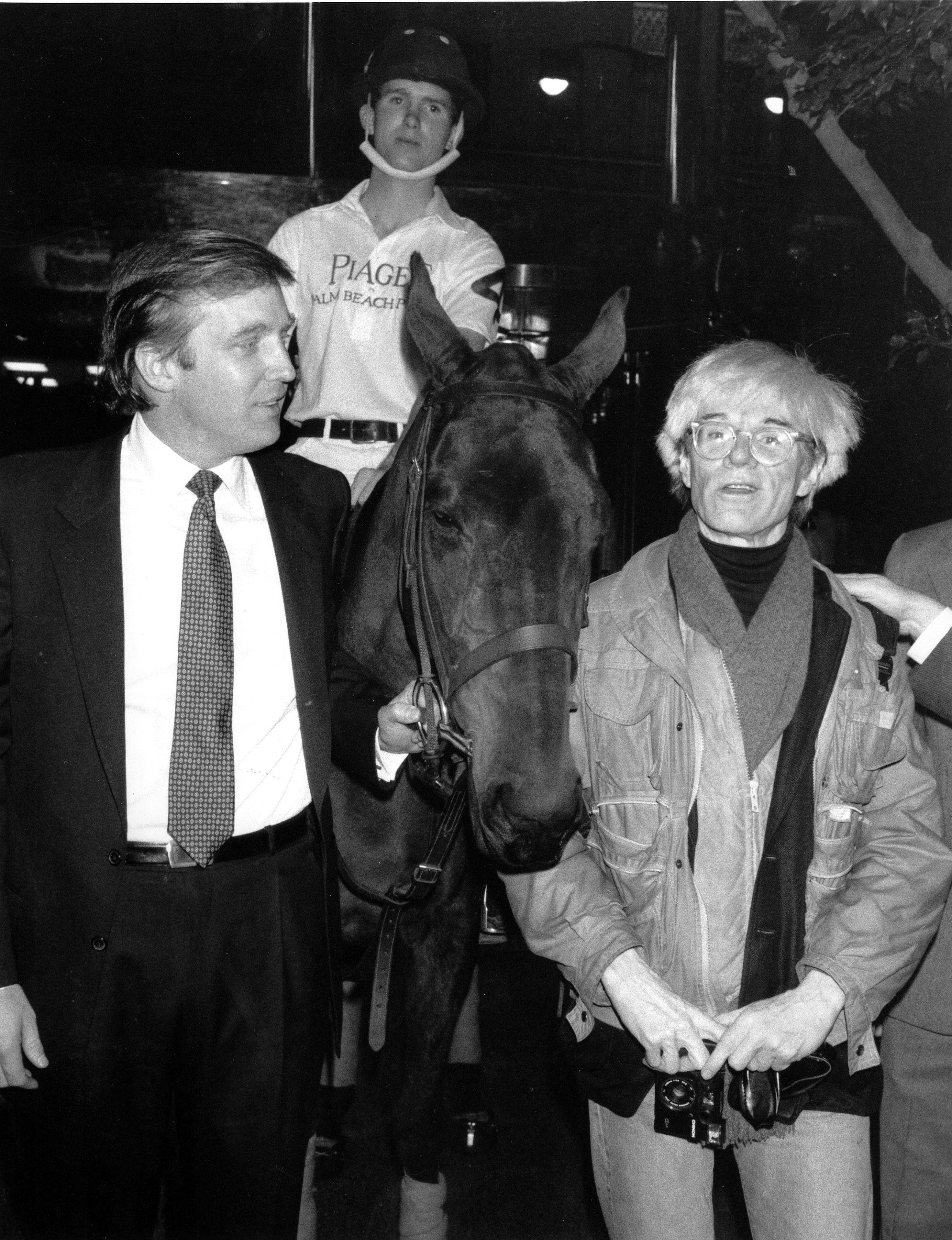

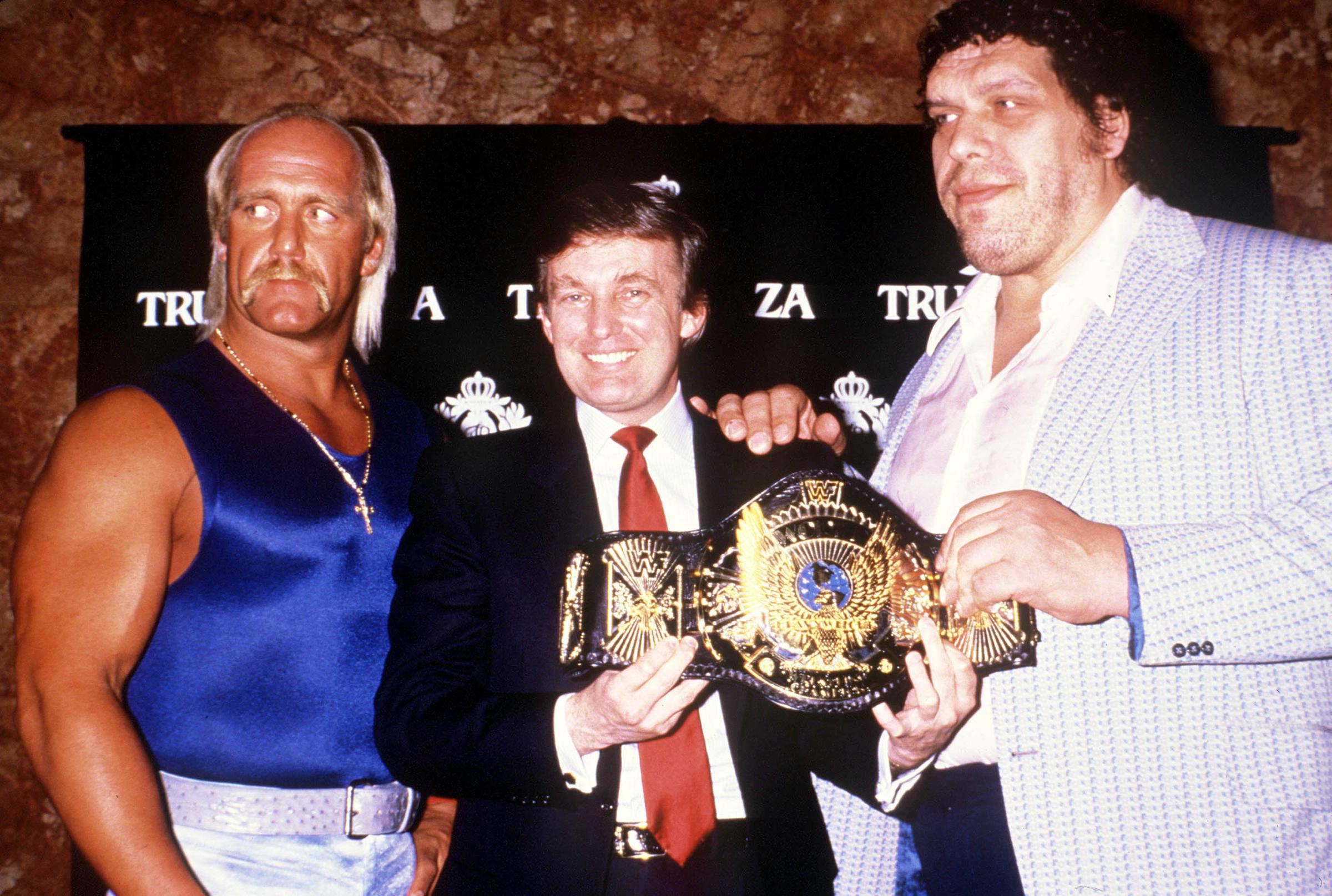

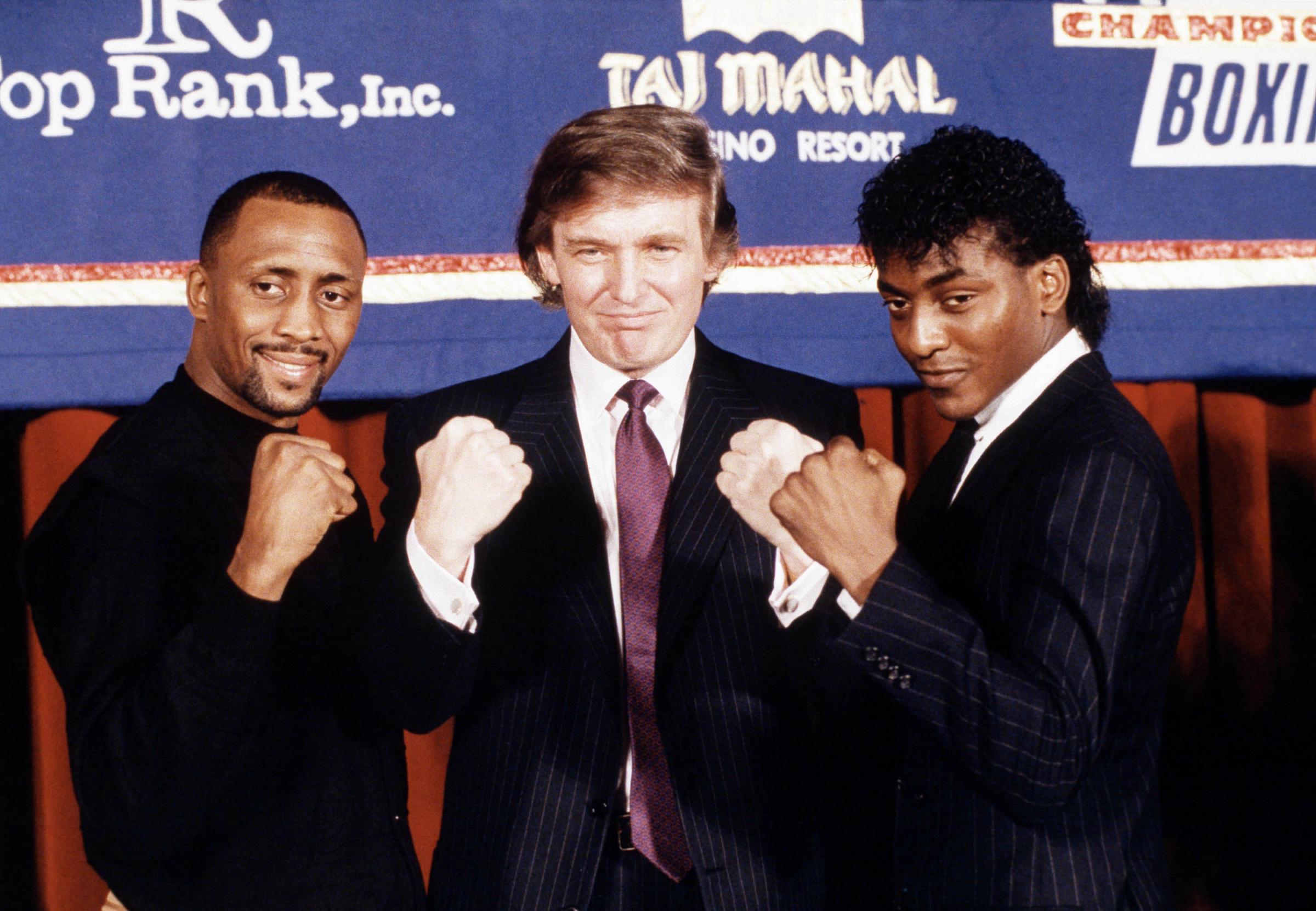



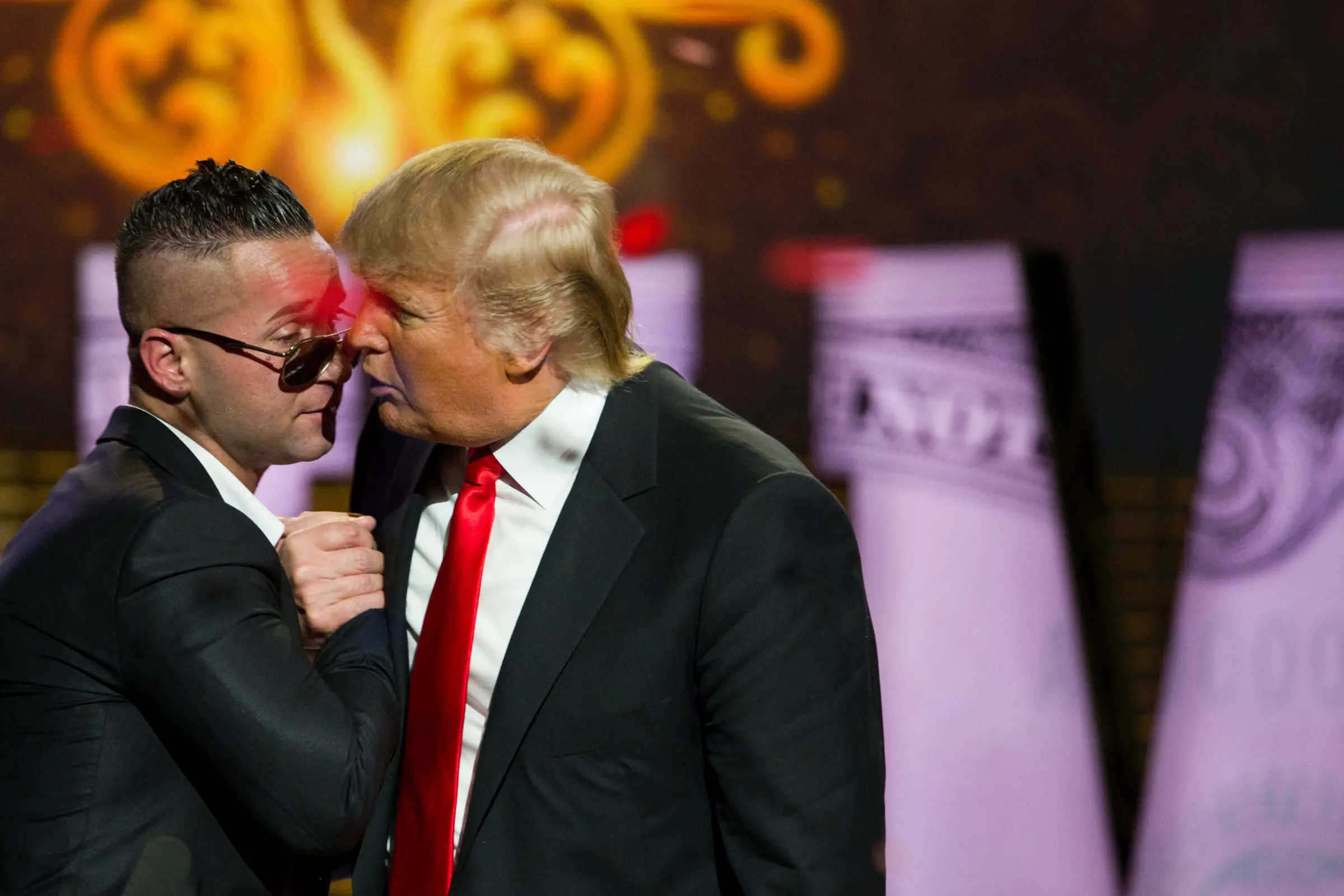
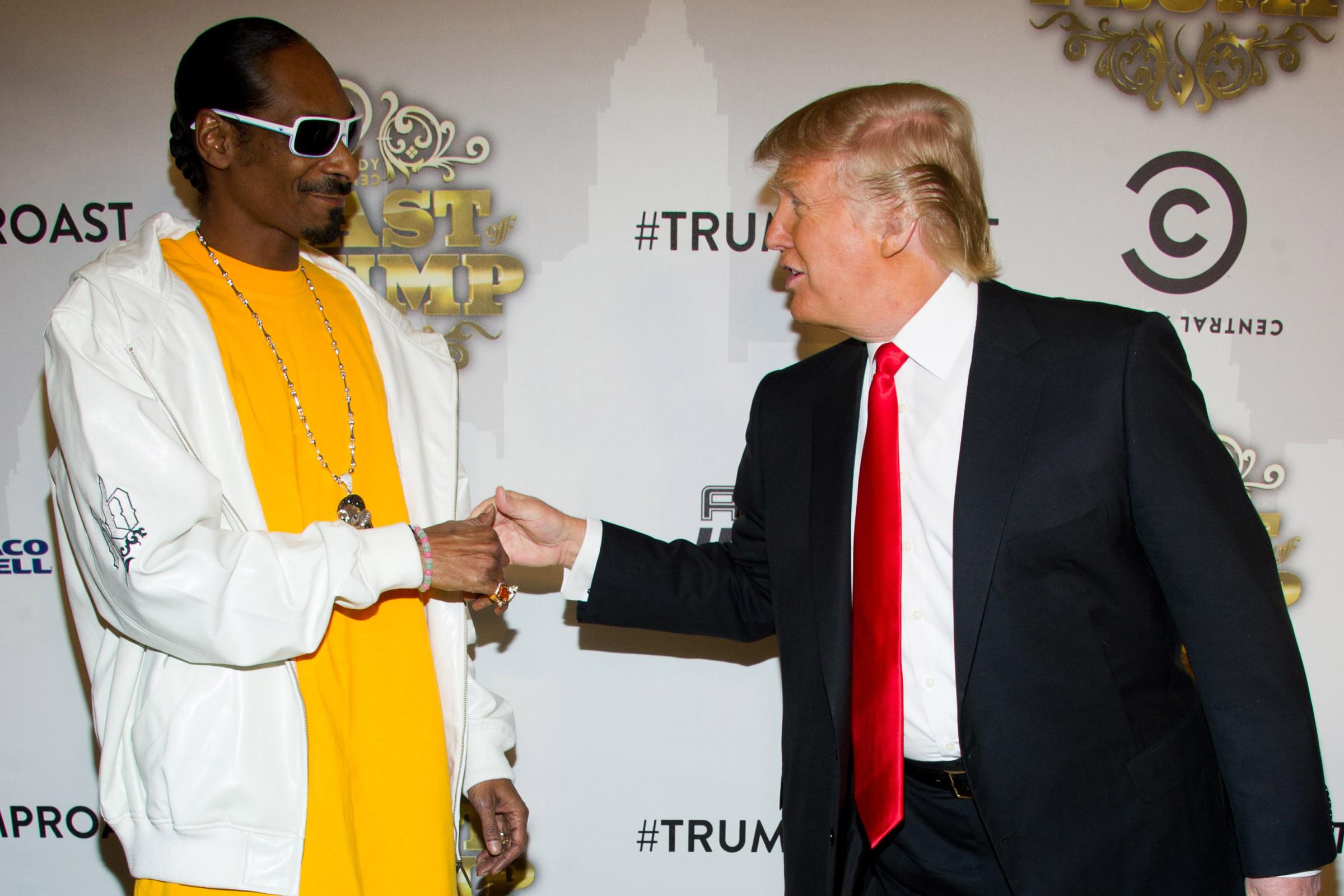
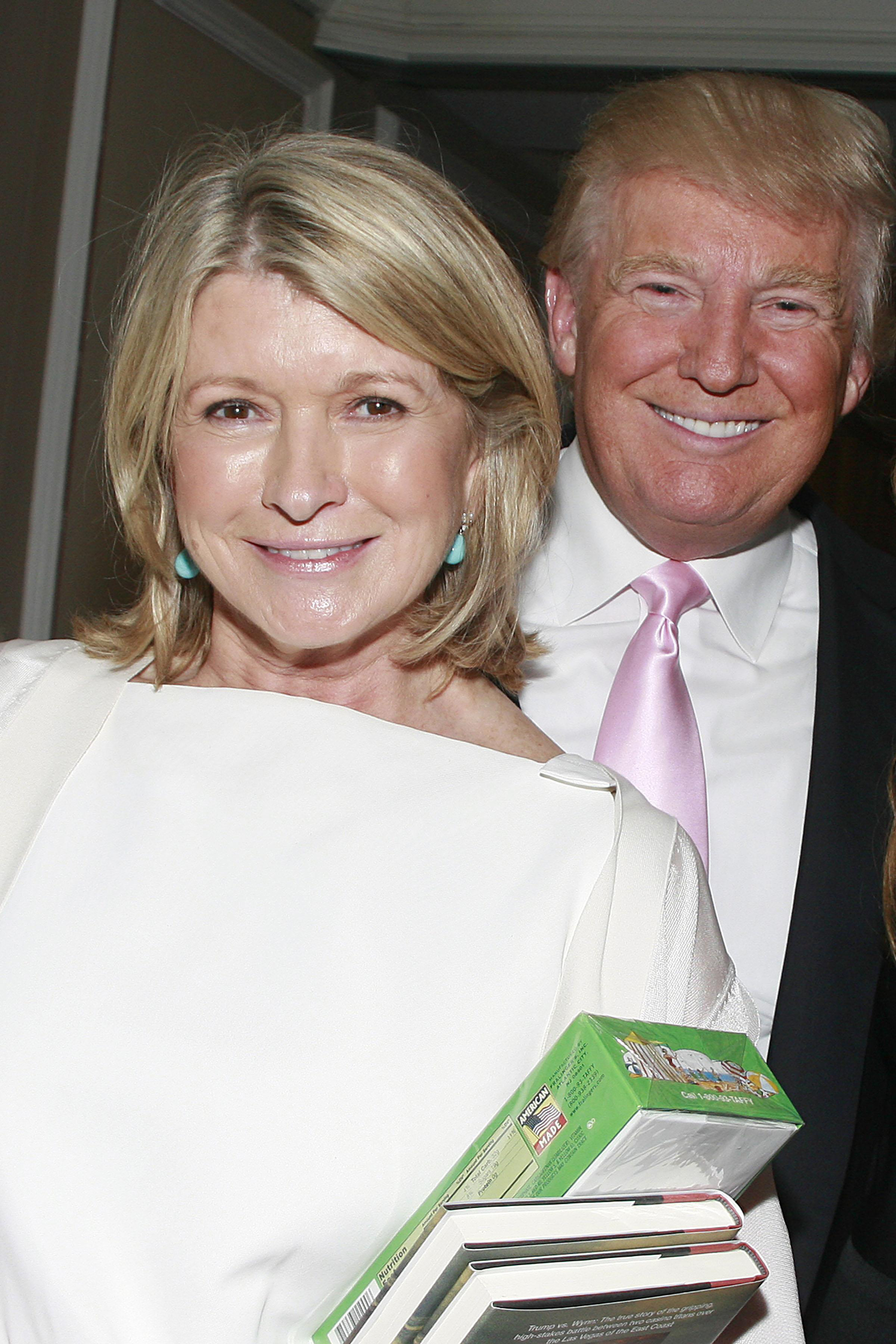

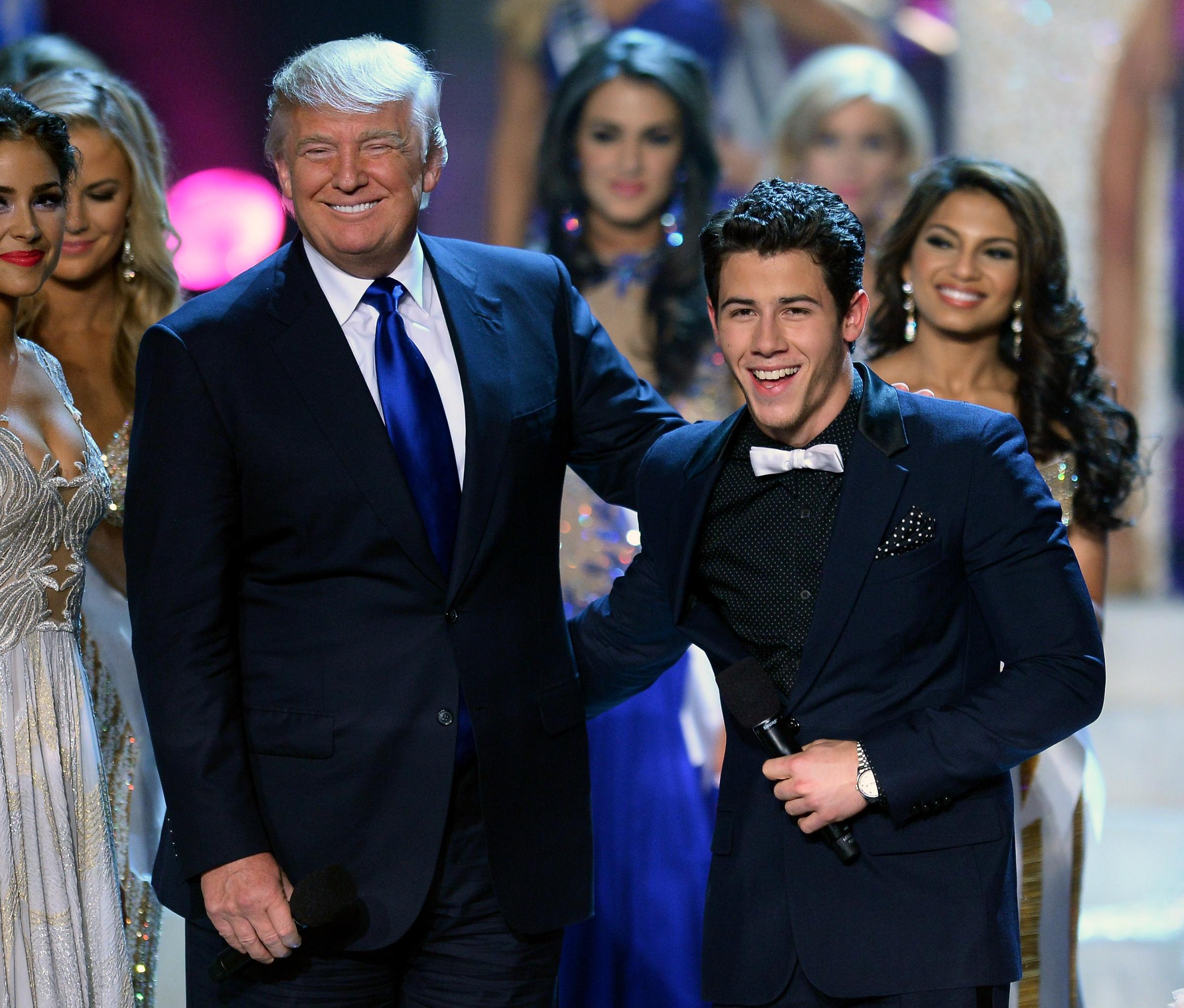
Correction, Dec. 4, 2019
The original version of this story misstated who conducted one interview quoted in the 1989 TIME cover story about Donald Trump. The story was written by Otto Friedrich but the reporter in the helicopter with Trump was Jeanne McDowell, not Friedrich.
More Must-Reads from TIME
- Biden Drops Out of Presidential Race , Endorses Harris to Replace Him
- Why Biden Dropped Out
- The Chaos and Commotion of the RNC in Photos
- Why We All Have a Stake in Twisters’ Success
- 8 Eating Habits That Actually Improve Your Sleep
- Stop Feeling Bad About Sweating
- Welcome to the Noah Lyles Olympics
- Get Our Paris Olympics Newsletter in Your Inbox
Contact us at letters@time.com